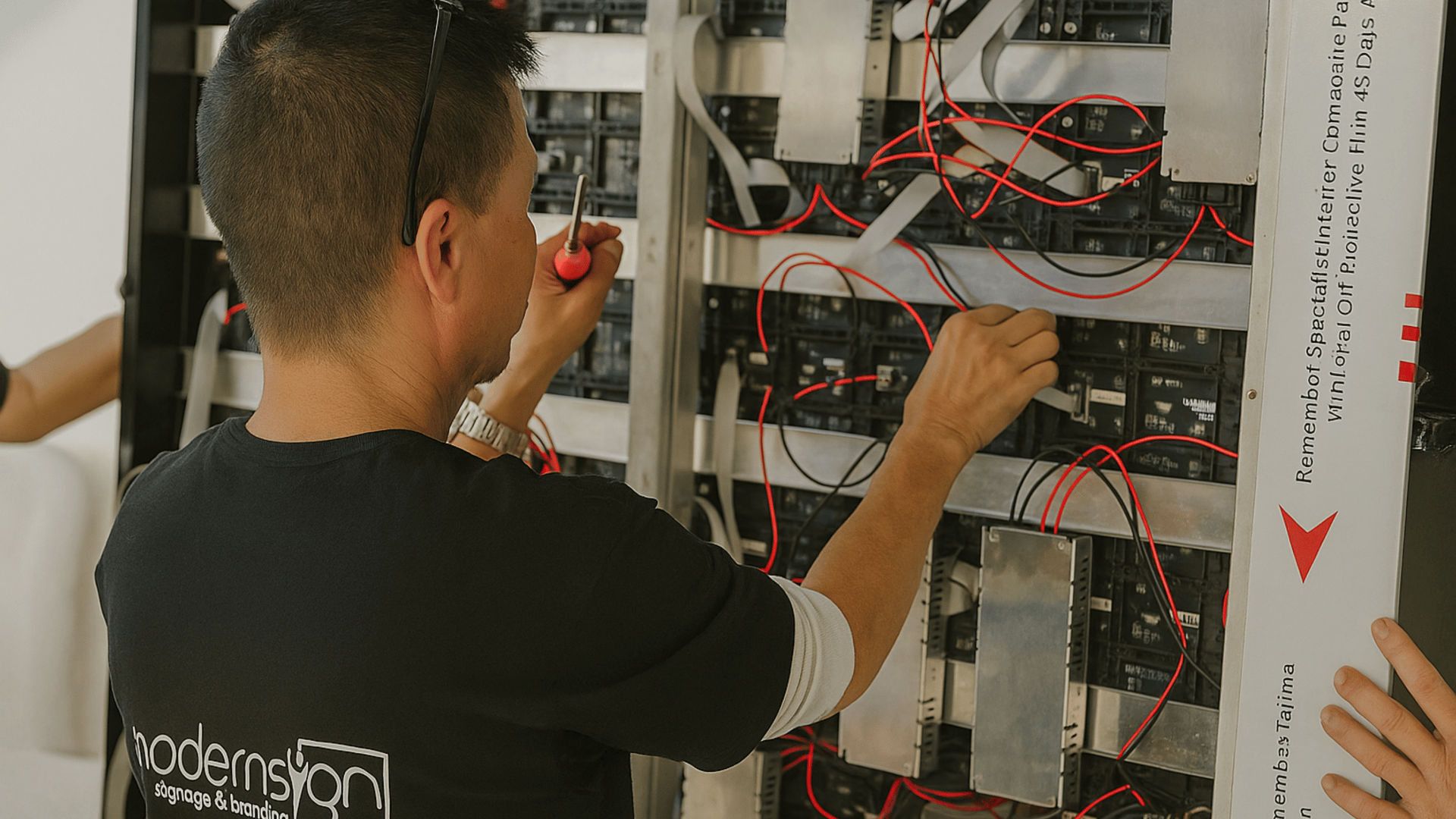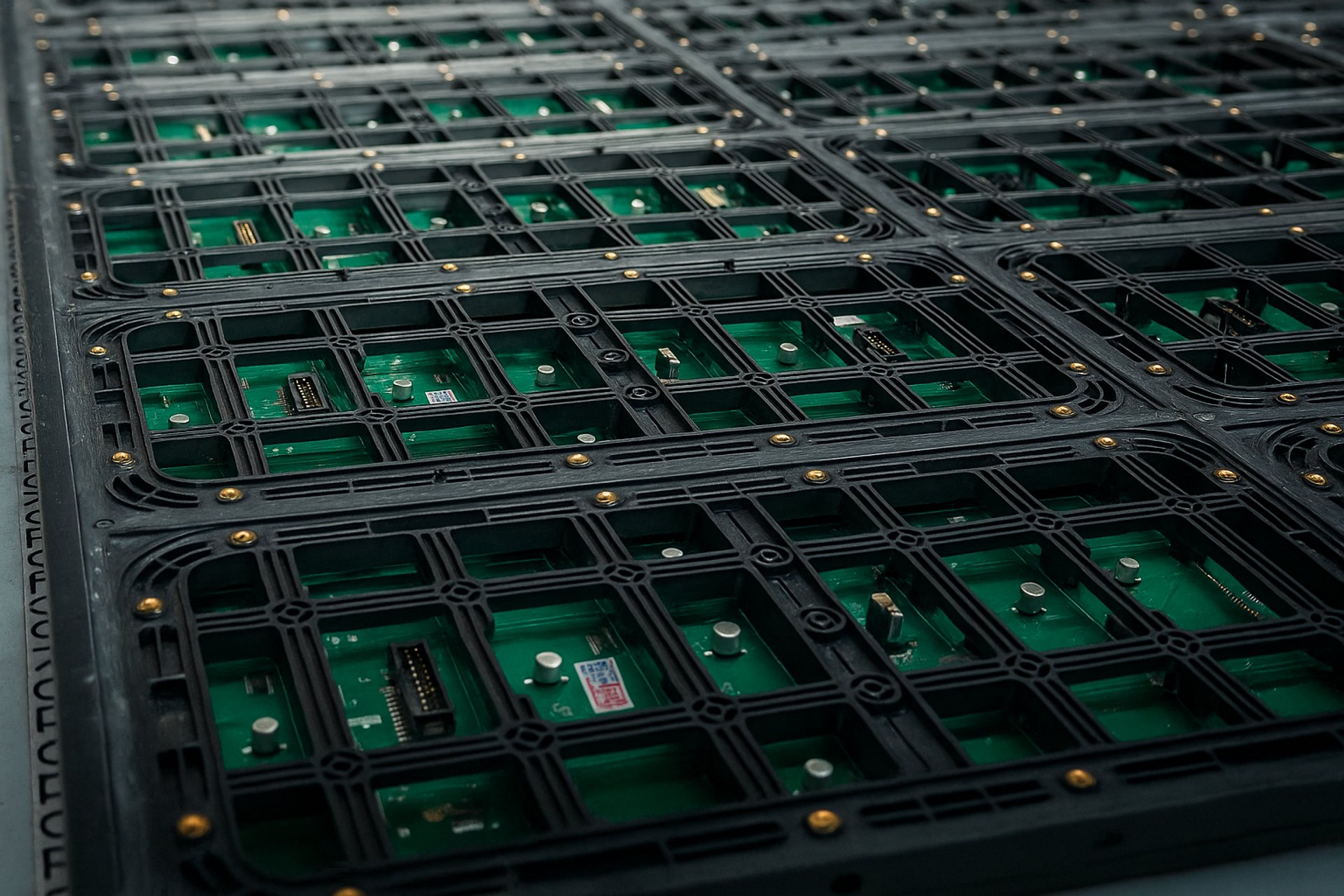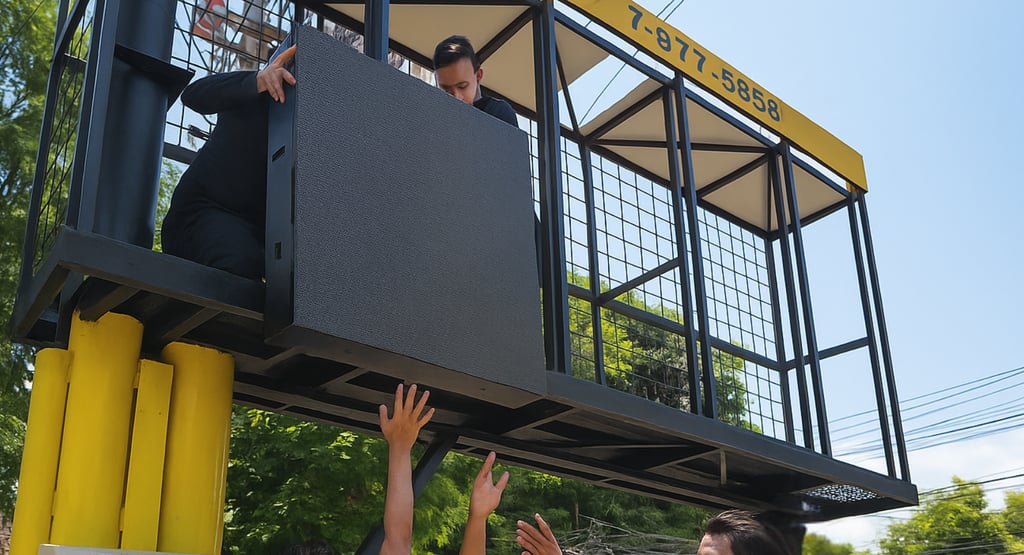
Outdoor LED Screens in Bali: 3 Things You Must Prepare Before Installation



Installing an outdoor LED screen in Bali may sound like a simple idea—until you realize how many small (but critical) details are involved. From the tropical weather to local permits, there are a few key things you need to prepare if you want the process to go smoothly and avoid unnecessary surprises.
Whether you’re planning to install a digital billboard on your building or a commercial screen by the roadside, here are three important things you should prepare before your outdoor LED installation in Bali.
1. Prepare for the Tropical Climate
Bali’s beauty comes with a cost—heat, humidity, and sudden rain. Outdoor LED screens need to be weatherproof and tough enough to handle these conditions 24/7. That means your screen should come with a proper IP rating (ideally IP65 or higher) to protect it from water and dust. You’ll also need to ensure that your ventilation and cooling system are adequate, especially for large-format displays that generate heat.
It’s not just about protecting the screen, though. Make sure your cabling, brackets, and power supply are designed for outdoor use too. Many cheap installations skip on this part—and end up failing during Bali’s rainy season.
2. Understand the Local Permits
Installing LED screens in Bali isn’t just a technical job—it involves paperwork too. Different regions have different rules, and if you're not careful, you might run into legal issues later.
Here’s what you need to know:
In Badung, if your LED screen is larger than 10m², you’ll need to apply for a special permit beyond the standard signage approval.
In Denpasar, the limit is even stricter—anything above 8m² also requires additional licensing.
It’s highly recommended to consult with a signage contractor familiar with local regulations (like our team at ModernSign) to help handle the application and avoid delays or forced removal later on.
3. Plan Your Content and Screen Size Wisely
Bigger isn’t always better. The ideal screen size depends not only on your available space but also on viewing distance, surrounding environment, and content format. For instance, a high-traffic roadside screen may work best with bold visuals and short text, while a screen on a building wall might suit brand storytelling or promotions.
Also, don't forget to match your content to the screen’s pixel pitch and aspect ratio. Bad content on a good screen still looks bad—so think ahead and prepare the right creative assets before your screen goes live.
Final Thoughts
Outdoor LED screens are a powerful way to grab attention in Bali’s crowded visual landscape—but only when done right. With the right setup, legal compliance, and content strategy, your screen won’t just light up the street—it’ll deliver results.
Need help planning your outdoor LED screen in Bali?
Let’s talk. Send us a message or check out our previous projects to get inspired.
